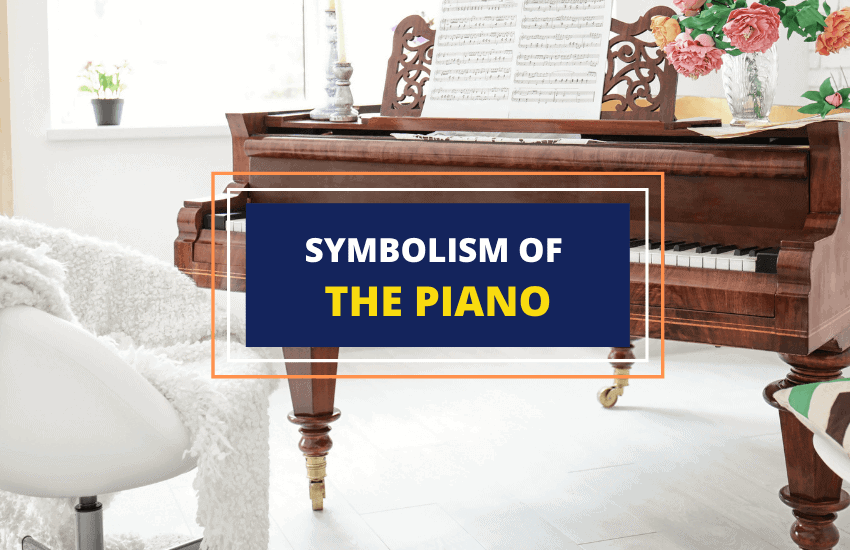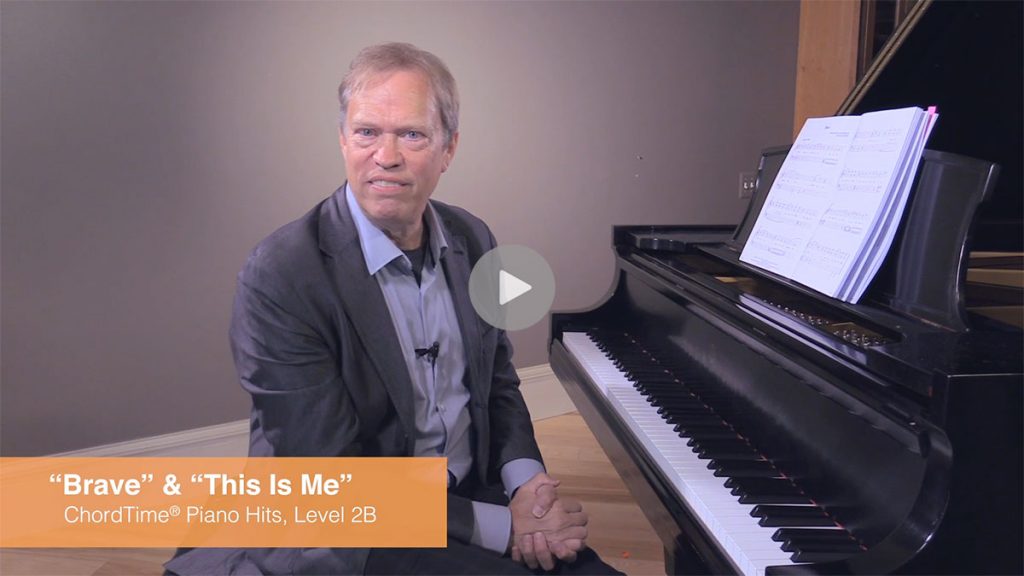

This is also why it is not a good idea to move a piano by yourself, the metal frame in the pianos make them very heavy and cumbersome and it is very easy to either damage the piano or yourself when moving it. It is a myth that you won’t need to tune your piano if you don’t play it, the piano will go flat if you don’t tinkle those ivories.ĭid you know that each piano string is under about 170 pounds of tension? Each piano has 231 strings and this means that when you add up all that tension the piano frame is resisting 19 tons of pressure! Now that is a lot of strain and is the main reason a piano is so heavy, it has a strong metal frame to take the tension. Pianos need to be tuned as the metal piano strings stretch over time, the high tension that piano strings are under cause them to slowly lengthen as they age, this happens whether you play the piano or not. First let us look at why pianos need to be tuned. This is not usually the case and changes in tune are normally down to humidity, but we will get to that later.

People feel that moving a piano will have affected the piano pitch and that they might need to get it tuned. Piano history found in William S.When we are delivering pianos, our customers often ask us when is the right time for piano tuning. Thanks to David Korevaar, Distinguished Professor in the College of Music at the University of Colorado Boulder and Lambert Orkis, Principal Keyboard, National Symphony Orchestra, Washington, D.C. Huge sound - great stiffer action-maybe not. Today, there are thousands in huge concert halls. In Beethoven’s time, you might have hundreds of people in attendance. This would make the instrument much stronger, allowing for more tension on the strings, thus more volume. It was for a one-piece inner metal frame. The modern instrument, with its grand piano sound, began with a patent in 1825, two years before Beethoven died. He said soon before he died, “The piano is and remains an inadequate instrument.” In spite of their loudness advantage, Beethoven preferred the lighter action of the Viennese instruments he thought the English pianos were unplayable. The action was stiffer it was harder to press down the keys. English piano manufacturers started making instruments with a bigger sound, but at a cost. The development over the next 30 years was striking, but with complicated twists and turns. In 1796, when he was 26, Beethoven wrote to a piano manufacturer, complaining, “One often thinks that one is merely listening to a harp.”

And you couldn’t get a lot of sound out of it.

Since it didn’t have legs, it rested on a trestle so you could easily move it around. The piano in his day was called a fortepiano. And he broke a lot of pianos, too, by pounding away at them. Yes, he was losing his hearing, but he was also writing challenging music. It moved to the foot later in his life, as instruments got bigger (and as they got their own legs!).īeethoven didn’t make these changes happen, but he was an encourager. The right-most pedal, called the sustaining pedal today, allows the sound to ring - sustain - no matter what the hands are doing on the keys.Įarly on for Beethoven, that function was controlled by the knee. The pedal on the piano evolved, too, first in England, then in Vienna. Notice no foot pedals and the key colors are reversed!


 0 kommentar(er)
0 kommentar(er)
